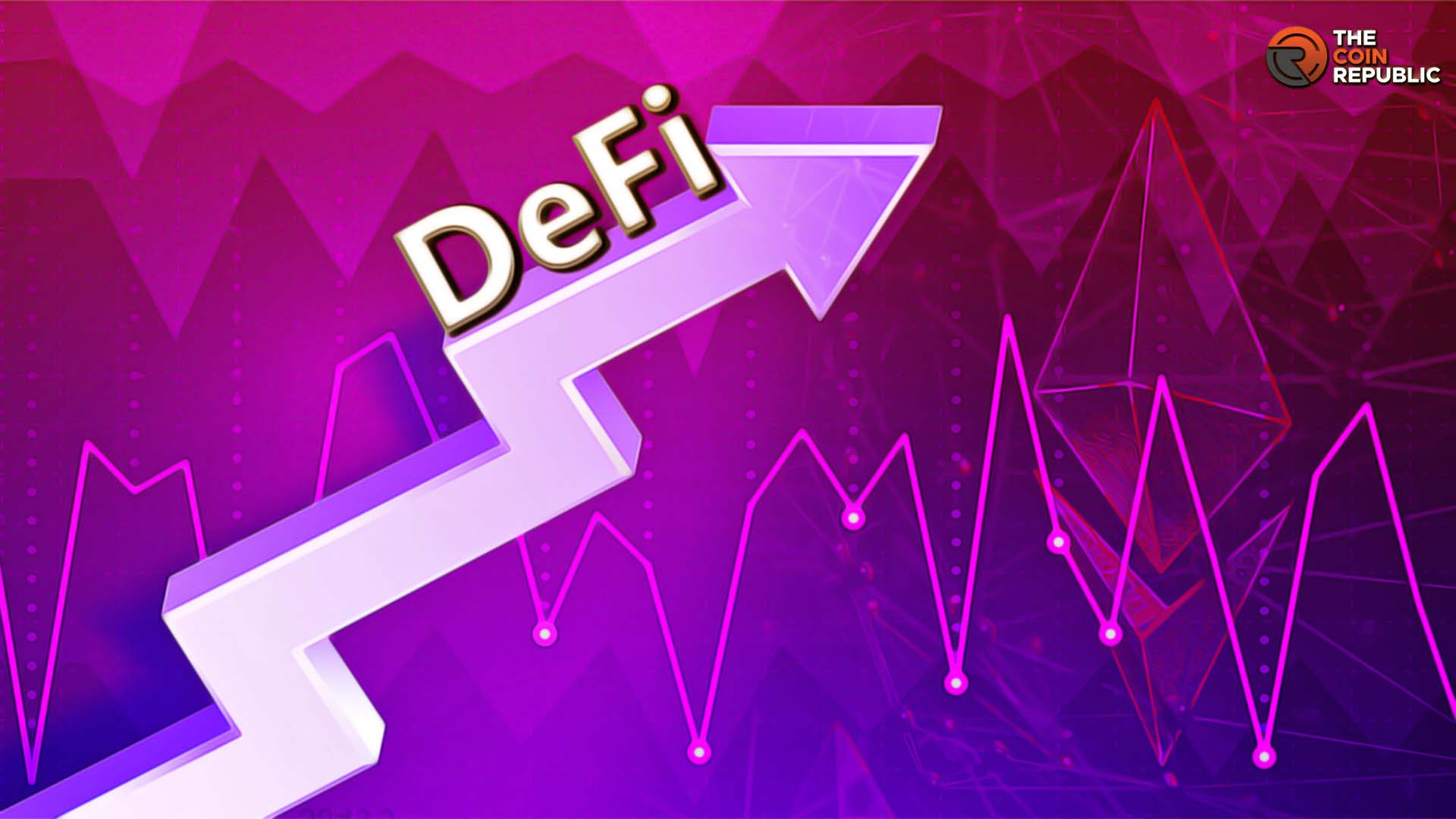Sezzle CEO sees focus on bank stability after SVB
“Last weekend felt like the Wild, Wild West” Charlie YouakimCEO of payments startup and B Corp Sezzle, PYMNTS CEO Karen Webster told me in a recent call.
“SVB had been around forever, they had a great brand. [Its collapse} is a big shock to me,” he says.
SVB bank’s executives, he said, missed it, the banking regulators missed it — poor investments, poor timing of messaging, and poor timing of fixing things.
That was then; this is now. The conversation today, Youakim said, has shifted from deposit recovery to where businesses are banking next and bank fundamentals. A conversation that he said is happening across the entire ecosystem, one he and his board want to get ahead of. FinTechs and businesses are now doing more diligence on what banks they are using to hold their deposits or partner with.
“We’ve got a board meeting later this week to go over the set of banks that [Sezzle] working with, he said. “We’re putting together a report on what these banks look like, their financial stability … because it’s no longer the case that you can just trust your bank, trust that your money will be safe.”
Although U.S. regulators have halted deposits, Youakim said there is still “more than a little bit” of concern right now.
This as Moody’s downgraded all banksciting a “rapidly deteriorating operating environment” and regulators requiring a review of current regional banking regulations since collapse by Signature Bank on Sunday.
read more: FDIC moves SVB deposits to National Bank of Santa Clara
Building new banking relationships from scratch
Still, he notes that switching banks is not always easy, especially for FinTechs with established partnerships.
“It’s not an easy thing to just move the money. Your operating bank account, or your payroll providers, of course. But our virtual card product goes through a bank partner, and in the FinTech ecosystem not every situation allows you to switch banks, he said.
Silicon Valley Bank worked with more than a thousand venture capital (VC) firms, and cash from countless startups made up its deposit base of about $212 billion, which means that there are many companies now looking for a new, safe banking partner.
Conditions that, at least for now, appear to be heading to the banks deemed “too big to fail” by regulators.
Picking up ear in front of a steamroller
Despite billions in deposits, SVB operated fewer than two dozen branches and served a very specific customer base of startups, VCs and tech companies.
Youakim notes that roughly 10% of the assets on SVB’s books were subprime debt, and that if the companies don’t get more funding, those line items will effectively be “completely worthless.”
The analogy he gives is that coined by journalist Martin Wolf and economist John Kay to describe investments with a high probability of a modest gain and a low probability of large losses in any period, “collecting coins in front of a steam drum – it worked forever,” says Youakim. “But when you trip over your shoelaces, it’s not a good situation.”
Industry observers have highlighted that SVB’s problems are closely entangled in wider problems with the risk-backed technology sector.
“That was a lot [of due diligence] is skipped along the way [by VCs]and now you have these companies that I still don’t think are reacting quickly enough to get to cash flow positivity,” Youakim adds.
As reported by PYMNTS, FinTechs are now being forced to decide whether they are “a business or a function” as investors make a stronger push for profit.
Sezzle has on its side plans to list shares on the global Nasdaq market.
Belts and braces
What will be decisive for future security, says the Sezzle boss, is to ensure that businesses “have redundancy for everything” for the sake of business continuity.
“If something happens to a banking partner or supplier, it’s important to still be able to run your business,” he said.
Still, Youakim says he sees a “cold winter” ahead for the technology. “It’s like a purge … there are a lot of companies out there that have gotten multiples of what they’re actually making in revenue, but the companies that survive will be the very strong ones. We want better companies that will create the next cycle.”
And that’s what he’s looking forward to the most.
Sign up for the PYMNTS.com newsletter to get updates on top stories and viral hits.


